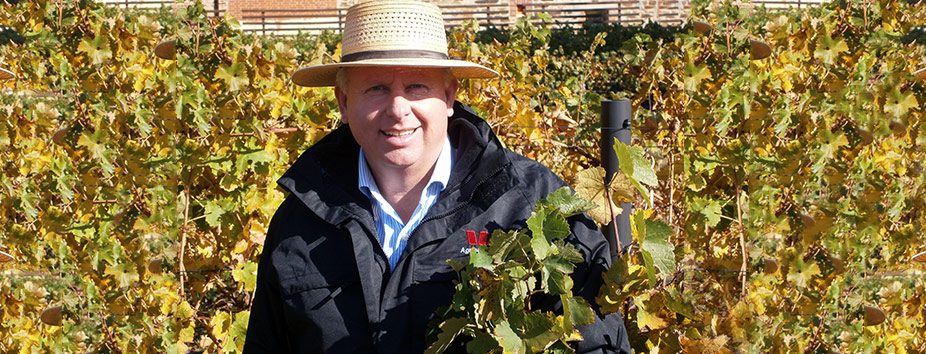Banking On Success

For Brad Higgins, Head of Commercial and Agribusiness in South Australia, helping his customers achieve business prosperity is paramount.

For Brad Higgins, Head of Commercial and Agribusiness in South Australia, helping his customers achieve business prosperity is paramount.
I was born and bred in regional South Australia and have always been involved with agriculture through our family grazing property. I've learnt many practical and theoretical aspects of agribusiness, including animal production systems across all species.
I enjoy helping our regional customers and communities prosper and grow. The diverse groups of people involved in rural and regional Australia have a common trait, passion and innovation in what they do, which is fascinating to be a part of.
Cropping plays a significant role. In particular, the lucerne seed industry in South Australia's south-east produces most of the seed for the southern hemisphere. Traditional grain-growing is also prevalent in the mid-north, York Peninsula, Eyre Peninsula and Murray Mallee. Beef and prime lamb production is mainly conducted in the higher rainfall region of the south-east, and wool production extends across the state. The Barossa Valley, McLaren Vale, Adelaide Hills,
Clare Valley, Limestone Coast, Padthaway, Wrattonbully and Coonawarra regions grow high-value grapes.
The 2014 vintage has produced average yield, with red varietals faring better than whites (due to heat and rainfall conditions experienced at the early stages of vintage). The Barossa Valley, Coonawarra and Langhorne Creek regions experienced good yields with mid- to high-quality outcomes. Adelaide Hills and McLaren Vale were down on yields though quality looks to be average to high. Total yields are expected to be slightly lower than previous years-700,000 tonnes in SA.
With the AUD expected to maintain its exchange rate against the USD of about 0.93 cents, wine sales should increase slightly in existing markets. Any decrease in value due to quantitative easing will benefit wine sales activity in most markets around late 2015. Although export sales are expected to increase, domestic sales will be diluted due to the effect of the major retailers' house brands.
Winemakers are being bold in creating new blends, giving an Aussie slant to varietals that are traditionally European in nature. Tempranillo, for example, is the premium red wine grape variety from the Rioja region in Spain, but it's also being made in areas of Queensland, Victoria, South Australia and Western Australia. Another development is increasing organic certification to satisfy Asian preferences.
My view is that in 2014-15 we will continue to perform strongly in all areas. This is on the back of free trade agreements being signed with Japan and South Korea. Indonesia recently increased its order of live cattle and Russia ordered 32,000 Angus steers, which gives me enormous confidence in global demand for all agricultural protein.
Our agricultural customers are dependent upon 'Mother Nature' being kind. Drought impacts severely and has many knock-on effects. The AUD needs to remain stable to allow our industries to remain competitive. We talk a lot about being 'clean and green' and it's critical that our biosecurity remains second to none.